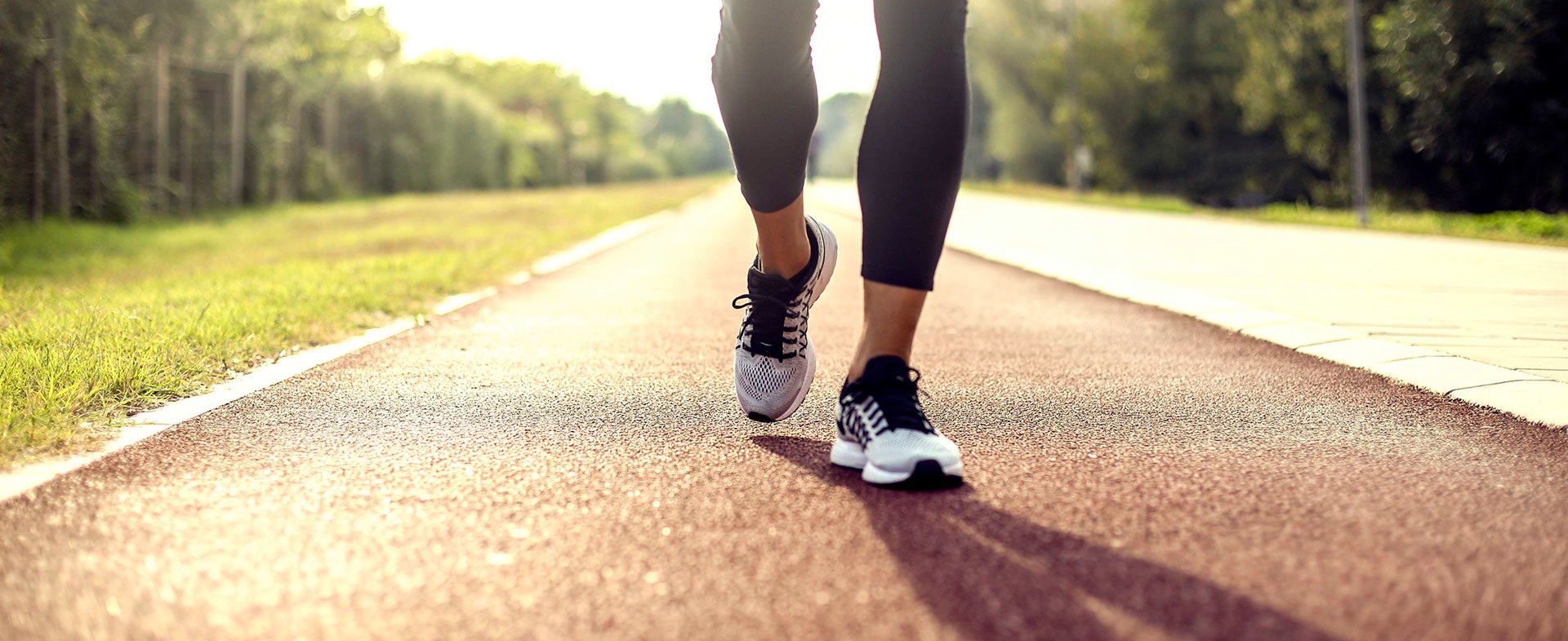It has been shown that active people enjoy a better quality of life, have greater vigour, more resistance to diseases, maintain their figure, have more self-confidence, are less prone to depression, and even continue working vigorously in advanced ages.
Medical research has shown in recent decades that the physical activity that takes place is directly related to the person’s general health. This fact and more excellent knowledge and awareness of how to take care of health change current lifestyles.
Our body reflects our emotions and feelings. Emotional tensions and depression, anger, resentment, shame, etc., are expressed through bodily manifestations.
Marqués (1992) says: “Exercise helps burn fat, tones muscles, redistributes weight better, makes us look and feel younger, helps us control our appetite, counteracts stress and makes us feel more alert.”
The objective of this research is to make known the importance of the practice of aerobic physical activity these days, mainly walking, which is an activity that fits all people without difference in age or sex, and not incurs any cost; at the same time, make known some crucial recommendations for their good performance and well-being, such as:
Prescriptions for healthy adults interested in aerobic programs.
– Advantages to take into account in a walking program.
– Technique and recommendations for walkers.
– Advice on buying the correct type of footwear for walking.
Today millions of people participate in the benefits of the human movement. It is common to observe people walking, running, playing.
Physical activity is developed, to varying degrees, by all human beings during their existence. It is a functional condition universally recognized for its positive characteristics and produces undoubted changes in the body when carried out regularly and appropriately. Santander (1993).
Importance of physical activity
Our ancestors did not have problems caused by the sedentary lifestyle shown at the end of the 20th century, since they worked hard in physically vital tasks in the open air, staying strong and healthy.
After the industrial revolution in the last century, technological advance has affected all fields, in many cases for the better, and in others not so severely. The ease and comfort to live with a valuable saving of time and physical effort have simplified the vital tasks and reduced the physical effort to do the daily tasks, which brings with it a sedentary lifestyle. Gutiérrez, R and others (1993), Pollock (1990).
In this regard, Ibarra (1994) tells us: the technology that helped fight the diseases of yesteryear is charging very high prices, inducing changes that affect our physical and mental health.
1. The individual has learned to control the environment with a minimum of physical effort.
2. Modern technology provides us with a quantity of food markedly more fantastic than is necessary.
3. We have formed a society whose coexistence causes us stress and anxiety, which promotes
unnecessary biological responses.
This has produced a deterioration in people’s health and has increased the incidence of chronic degenerative diseases, among which we can mention heart disease, hypertension, obesity, diabetes, stress and some others (Chevalier, 1982).
Ibarra (1994) mentions that today’s technological conveniences, although they indeed provide “comfort,” also rob us of the opportunity to use oxygen from the air and markedly reduce metabolism and efficiency in the use of food, which promotes serious health problems, such as the following:
– Obesity
– Lack of energy
– Loss of muscle tone
– Premature ageing
– Functional impairment
– Lower back pain
– Impairment of the cardiovascular system
– High blood pressure
– In addition to other situations of neurosis, depression, anxiety and emotional stress.
Today, in modern societies, the number of deaths from cardiovascular diseases, suicides from depression and excessive stress is considerable. Although these cases always occurred in isolation, they are an epidemic in the 20th century, especially in developed and developing countries like our country. Pollock (1990). Ross (1990).
Every day we are exposed to several situations, many of which pressure and overwhelm us; Over time, this pressure causes alterations in the rest cycle, causes excess sleep or, conversely, insomnia; by not resting our capacity action, automatically diminishes and thus the anguish is reinforced.
To counteract the pressures of daily life and overcome stress, modern medicine recommends psychophysical treatment, consciously doing exercise that allows us a positive and safe activity.
Without daily physical exercise, our bodies fill with contained tensions; As there are no natural escape valves, the muscles are kept under tremendous tension; they become weak, lose elasticity and their physical nature, and vital energies are reduced.
Strengthens the heart
Walking, like any aerobic exercise, not only protects the heart, it rejuvenates it. This activity improves the elasticity of the arteries and reduces the risk of having a heart attack. With each step we take, we are helping to increase the size of the cavities of this valuable organ, which increases the amount of blood it can pump with each beat.
Prevents the appearance of various conditions
Walking helps prevent and control various conditions like heart disease, high blood pressure, and type 2 diabetes.
Promotes weight loss
Of course, a walk a day can have a significant toll on the scale. Although it does not burn as many calories as other activities, taking a daily walk contributes significantly to weight control. Adding a half-hour of brisk walking to your daily routine helps you burn about 150 more calories a day. The longer the distances and the faster the pace, the more calories you will burn. Details that you can control with one of the best smartwatches.

